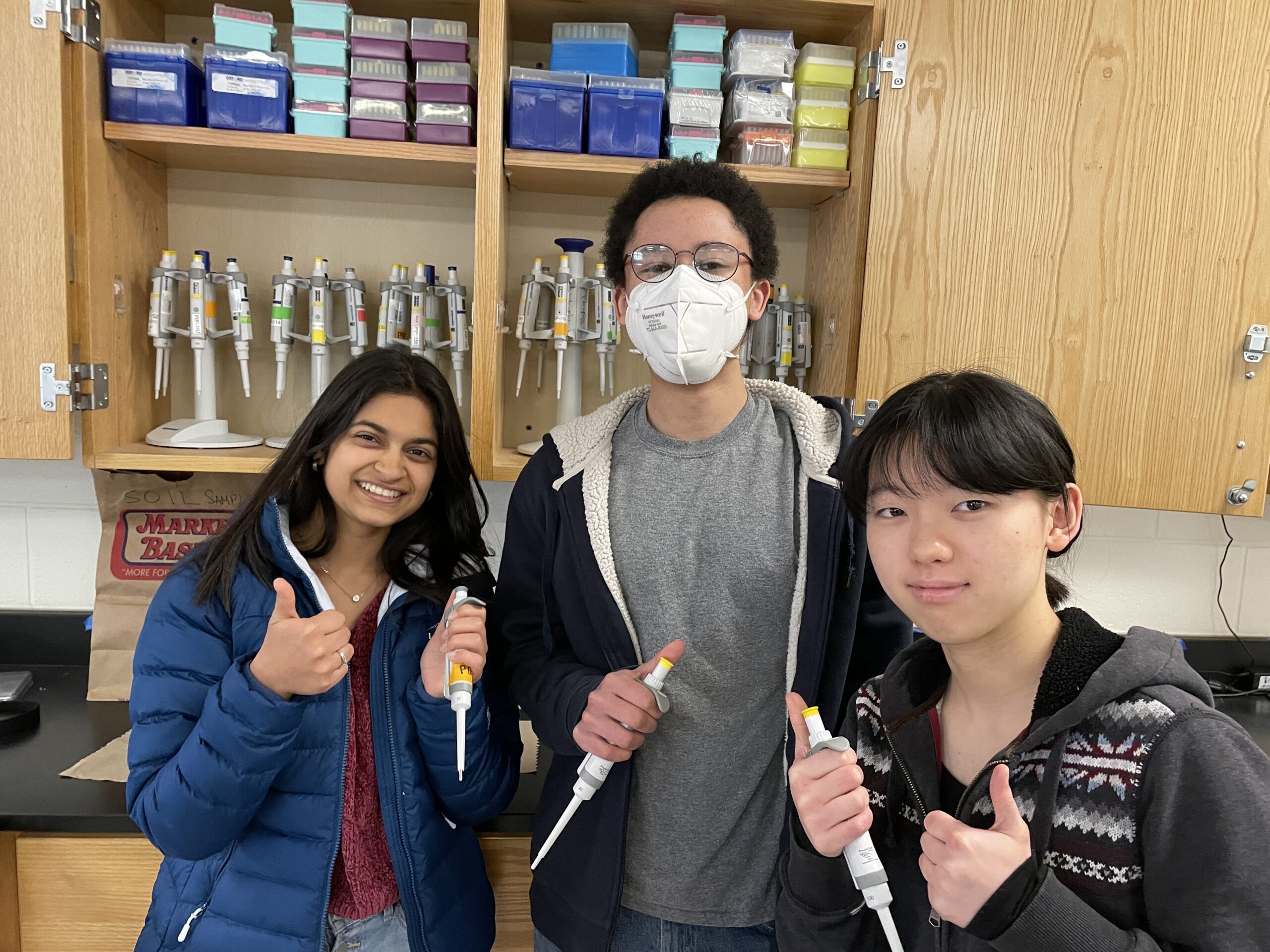Global warming, limited space, and many more factors of today’s world increase the threat of famine and decrease access to affordable and nutritious food. This lack of food causes about 9 million deaths per year. To address this issue, we aim to improve an algae strain’s photosynthetic efficiency and modify its resource distribution to cheaply produce large quantities of starch to aid famine relief efforts. We chose to use algae because of their rapid growth rate, high biomass production, nutrient makeup, and high density.
We plan to modify the algae Nannochloropsis oculata by using an accessible version of electroporation to express phycobilisomes, highly efficient photosynthetic structures found in nature, to drive this enhanced production. To match the increased capture of light energy, the algae will also express an enhanced carbon fixation system, found to capture up to 20x more CO2. Lastly, we will express the protein CmGLG1, a glycogenin whose overexpression has been found to increase starch content up to 4.7 times.
Cheap and efficient to cultivate, these algae with their bolstered starch content would contribute to relief efforts or altogether circumvent the causes of famine that arise from traditional farming methods.
